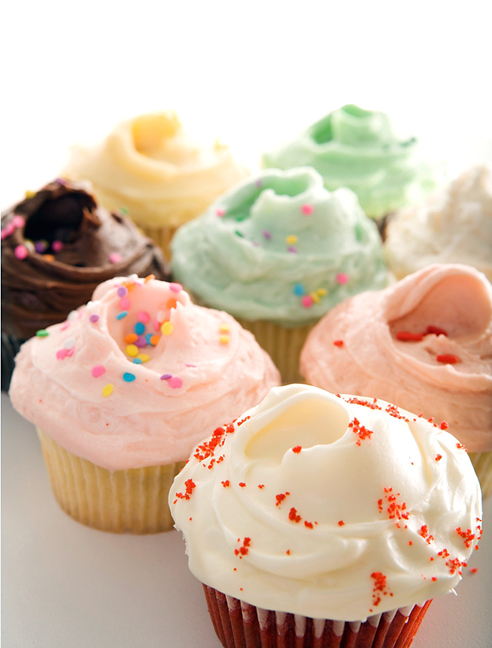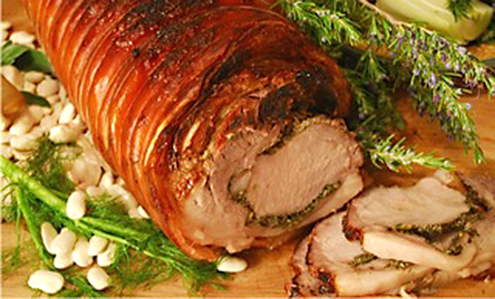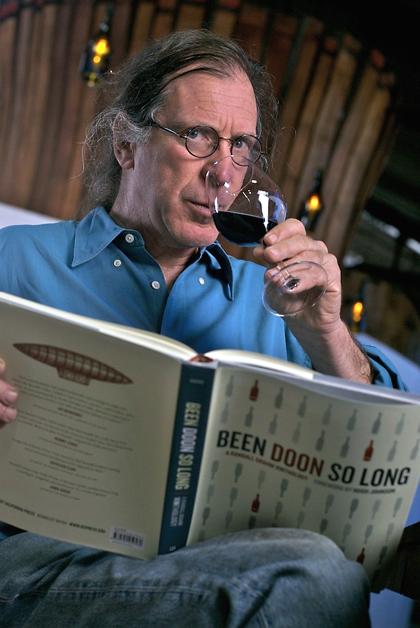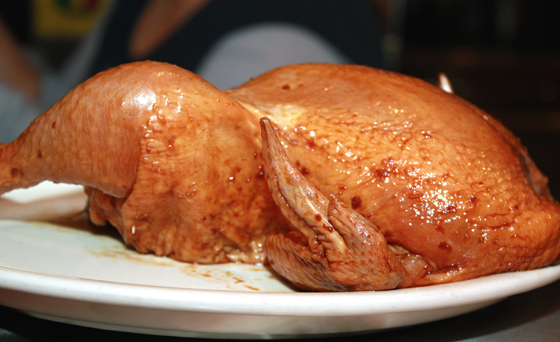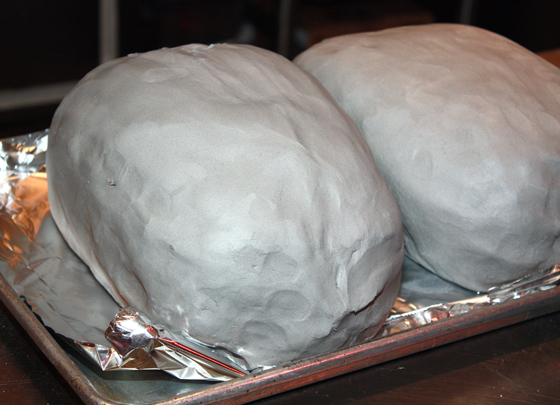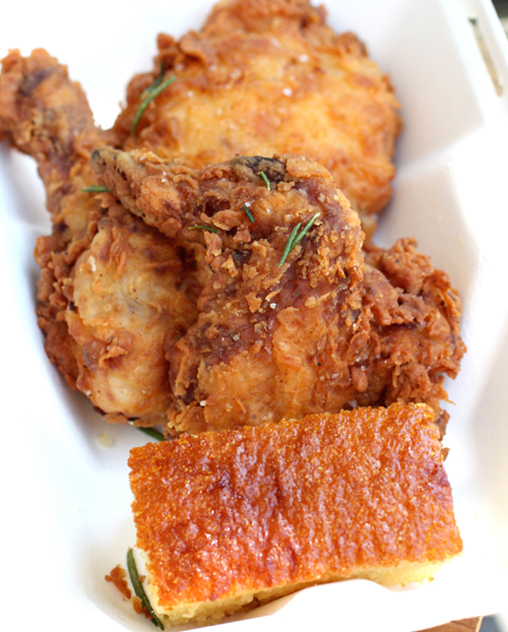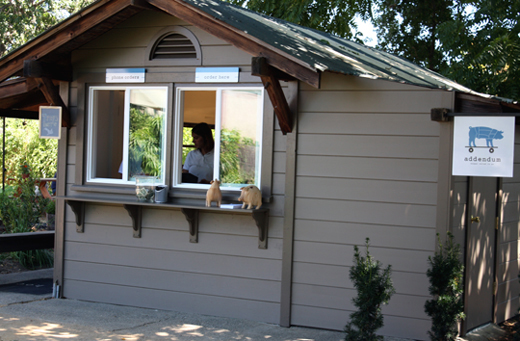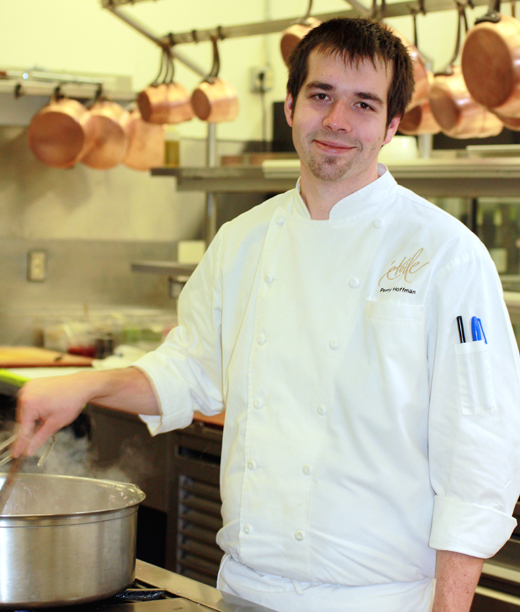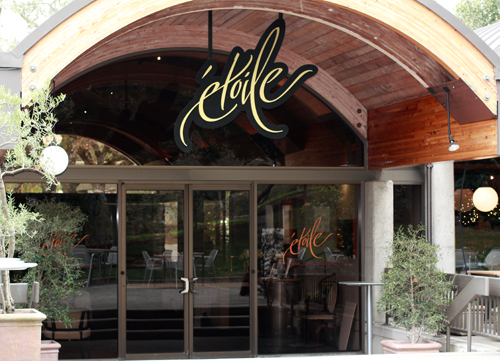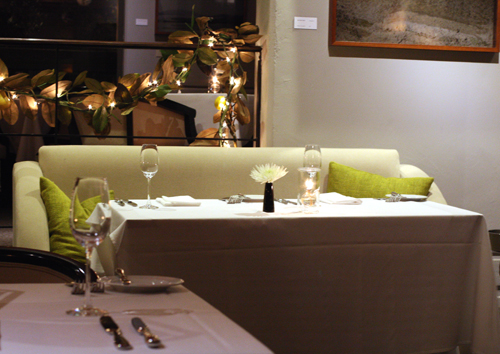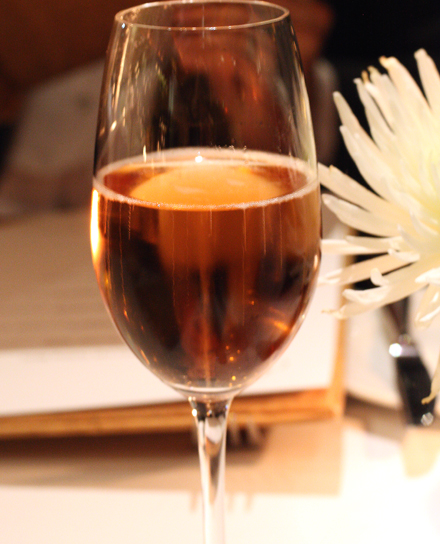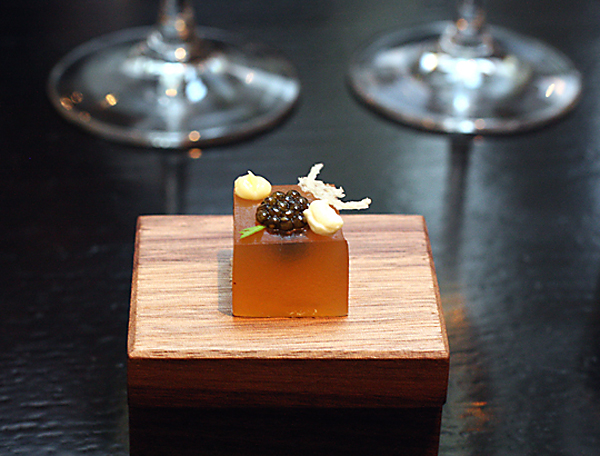
When a former chef de cuisine of the French Laundry leaves to open his own restaurant, it’s a big deal.
When his former mentor, Thomas Keller, thinks so highly of him as to invest in that new restaurant — the only one Keller has ever poured funds into that wasn’t one of his own — it’s a huge deal.
And when that not even year-old San Francisco restaurant is up for an award on Monday for “Best New Restaurant” in the country by the James Beard Foundation, it’s beyond the realm of impressiveness.
Or maybe it’s just all according to plan in Chef-Owner Corey Lee’s world.
With Benu restaurant, Lee, who won his own James Beard award for “Rising Star Chef” during his nearly nine years at the French Laundry, set out to create an elegant, serene restaurant in a historic 1912 building that was once home to Hawthorne Lane restaurant, then Two restaurant.
From the start, he wanted to create something extraordinary. Award-winning New York architect Richard Bloch, who created the look of Masa in New York, was brought in to transform the space. And kitchen designer to the star chefs, Tim Harrison of Harrison, Koellner, LLC in Mill Valley, took charge of creating a brand new kitchen here from scratch, one that boasts a rare feature — a wall of windows to let natural light in. Lee was already familiar with Harrison’s work, as he also created the kitchens for both the French Laundry and Per Se.

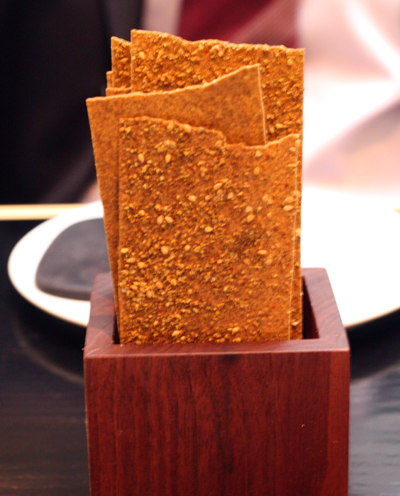
Korean porcelain makers created special pieces to showcase Lee’s progressive American cuisine tinged with Asian influences. Tabletops of steel, metal and synthetic rubber were custom-made and are intentionally left bare. And a plush, gray-blue carpet was hand-loomed in Thailand for the main dining room.
Recently, I treated my husband to dinner at Benu for his birthday. Choose either the tasting menu or a la carte options. Although I paid for the $160 per person tasting menu we each had, Lee, whom I interviewed extensively last year for a profile story in Food Arts magazine, was kind enough as to give us the wine pairings on the house, about $110 per person.
After visiting the site last spring, when it was a mere construction zone, it was amazing to see what it had become. On a rainy night, we drove past the large iron gates and into the Japanese-inspired garden courtyard with maple trees and flowering vines. As I got out of the car, a valet immediately approached with an open umbrella, which he handed to me. Then, he escorted my husband and me down the short path to the restaurant’s front door, where he let us in and retrieved the umbrella from me. Talk about being taken care of right from the start.
The interior is all soothing grays and earth tones. A dramatic light well gives the main dining room a sense of airiness.
The tasting menu is composed of about 16 courses. That may seem like a lot, but they progress from precious, jewel-like, one-bite morsels to more substantial ones as the courses go on. Lee, who is Korean-American, may use a lot of molecular gastronomy and classic French techniques, but he also draws on his Asian roots, so that the dishes don’t rely on lots of butter or cream for flavor. Indeed, even after about 16 courses, you will leave very satiated, but quite comfortable.
Instead of the usual baguette or other artisan bread, dinner here starts with buckwheat lavash imbued with nori and sesame seeds. Paper-thin, they have the flavor of brown bread and the aroma of an umami bomb.
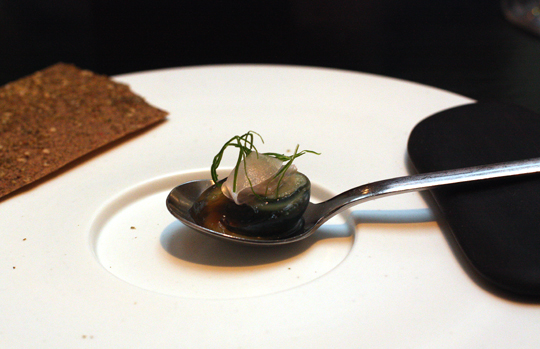
If you’ve ever eaten a Chinese thousand-year-old egg, you know it’s one of the funkiest things you’ll ever taste. Lee’s refined take on it comes in the form of a thousand-year-old quail egg. Draped with a little ginger and scallion, and nestled on a spoon, it’s far daintier and with a much more mild taste.
Read more

